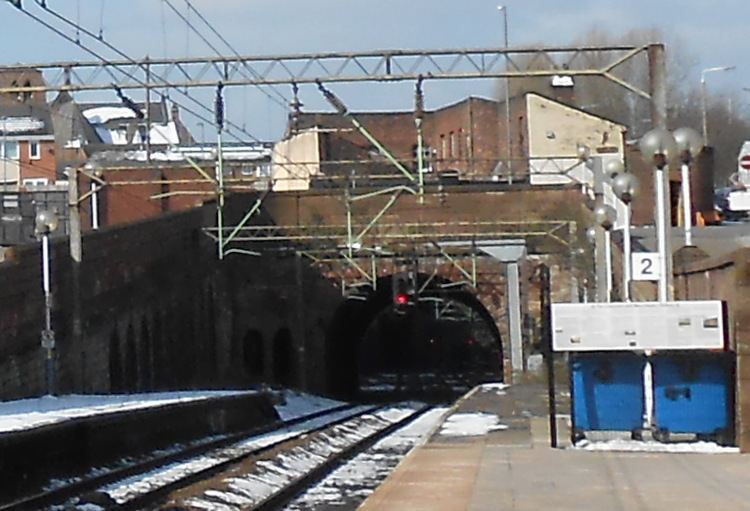 | ||
Daylighting a tunnel is to remove its "roof" or overlying rock and soil, thus exposing the railway or roadway to daylight. This could also be seen as converting the tunnel to a railway or roadway cut. Tunnels are often daylighted to improve vertical or horizontal clearances, for example to accommodate double-stack container trains or electrifying rail lines, where increasing the size of the tunnel bore would be impractical.
List of daylighted tunnels
References
Daylighting (tunnels) Wikipedia(Text) CC BY-SA
